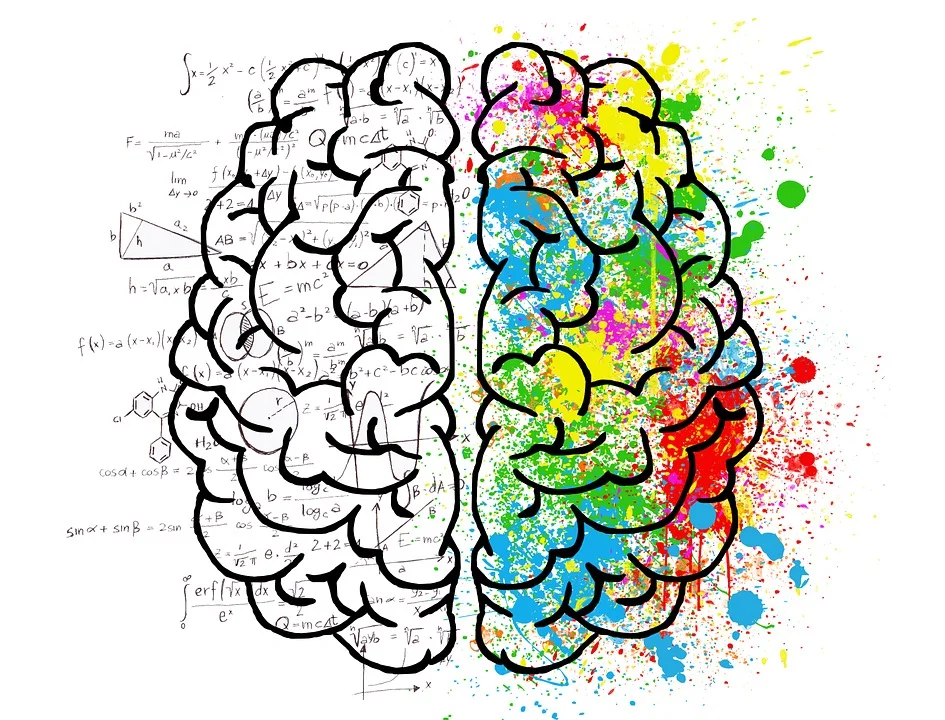
Teaching Language and Culture in Language Learning
Language learning is not simply about memorizing vocabulary and grammar rules. It’s about understanding and immersing oneself in the culture of the language being studied. Language is deeply intertwined with culture, and by learning a language, one can gain insight into the customs, traditions, beliefs, and values of a particular group of people. In this article, we will explore the importance of teaching language and culture in language learning and how it can enhance the overall learning experience.
The Connection Between Language and Culture
Language is more than just a means of communication; it is a reflection of a society’s culture. Different languages have different ways of expressing ideas and concepts, and these differences are often rooted in the cultural beliefs and values of the speakers. For example, the concept of “face” in Chinese culture is reflected in the language through the use of honorifics and indirect communication. Understanding these cultural nuances is essential for effective communication and building relationships with native speakers.
Benefits of Teaching Language and Culture Together
When language and culture are taught together, students not only learn to communicate effectively but also gain a deeper understanding of the people who speak the language. This can lead to greater empathy, tolerance, and appreciation for cultural diversity. By learning about the customs, traditions, and values of a particular culture, students can also avoid cultural misunderstandings and faux pas when interacting with native speakers.
Practical Tips for Teaching Language and Culture
Integrating culture into language lessons can be done in a variety of ways. One effective method is through the use of authentic materials such as songs, movies, and literature from the target culture. This not only exposes students to the language in context but also provides valuable insights into the cultural aspects of the language. Cultural activities such as cooking classes, dance lessons, and cultural celebrations can also enrich the language learning experience and make it more engaging and memorable.
Challenges and Solutions
One of the challenges of teaching language and culture together is finding a balance between language instruction and cultural content. It’s important not to overwhelm students with too much cultural information at once, as this can hinder their language learning progress. One solution is to integrate cultural activities and materials gradually throughout the curriculum, starting with basic cultural concepts and building upon them as students’ language proficiency grows.
Conclusion
Teaching language and culture in language learning is essential for developing well-rounded and culturally competent language learners. By integrating cultural content into language lessons, students can gain a deeper understanding of the language and the people who speak it. This can lead to more effective communication, greater empathy, and a broader appreciation for cultural diversity. Language and culture are inseparable, and by embracing both, students can enrich their language learning experience and become more proficient and confident speakers of the target language.
Whether it’s through authentic materials, cultural activities, or real-life experiences, incorporating culture into language lessons can transform the way students learn and engage with a new language. The benefits of teaching language and culture together far outweigh the challenges, and the rewards of becoming a more culturally competent and knowledgeable language learner are immeasurable.

